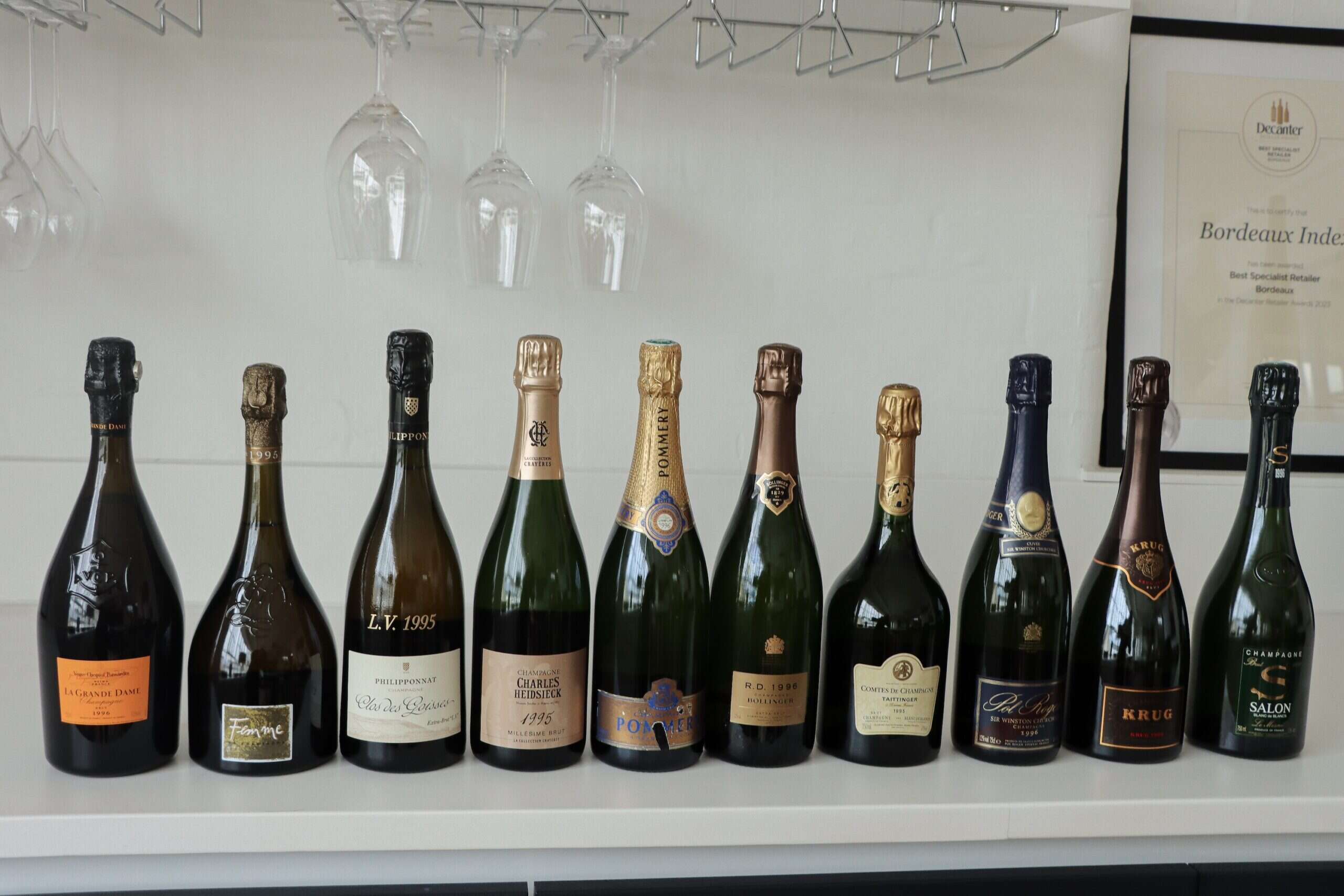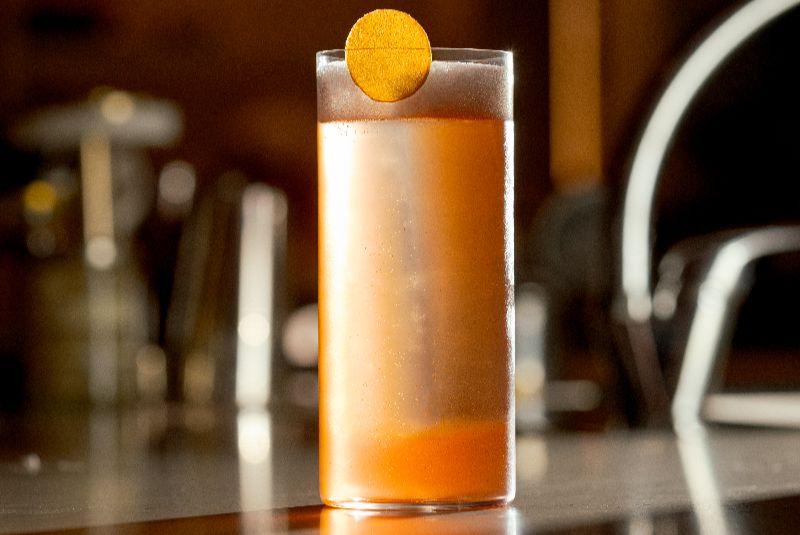WHAT IF YOU COULD actually have breakfast at Tiffany’s, bypass thousands on the wait list at Noma in Copenhagen, or consume the pinnacle of Japanese ingredients drenched in Louis Vuitton in Tokyo? Now you can, as luxury brands expand their reach by tapping into a wave of interest in fine-dining and culinary experiences.

A wine bar at the Palm Court, in RH San Francisco. Courtesy of RH
“People expect a lot, but sometimes it’s what they don’t expect that leaves a lasting impression,” says Raja Rajamannar, chief marketing and communications officer of Mastercard. Their exclusive cardholder offerings include meals at what the company calls Priceless Experiences in otherwise off-limits locations — at the base of the Christ the Redeemer statue in Rio de Janeiro, say, or in a 24-seat glass pavilion on the roof of the Palazzo Beltrami in Milan.

American Express has been another trailblazer in this field. In 2019, it acquired reservations platform Resy, with its catalog of 4,000 restaurants. Amex is reimagining some of those establishments in unexpected places. In May, access to the Brooklyn residency of Noma (which was No. 1 on the World’s 50 Best Restaurants List 2021), was a Platinum-card privilege. Similarly, in January, Chase Sapphire Reserve gave its cardholders a chance to experience an elaborate Japanese-inspired hot-pot dinner from SingleThread (the Michelin three-starred restaurant in Sonoma set up temporary shop in Park City, Utah).
Chef-activist José Andrés, meanwhile, has curated Capital One Dining, the new reservations platform for rewards-card holders. Users can choose from his personal picks of hard-to-book spots like the seasonal American bistro Boka, in Chicago, or Odo, New York City’s speakeasy-style kaiseki restaurant.

Fine fashion brands are also moving into the luxury dining area. Within the past two years, Louis Vuitton opened Le Café V, led by Japanese chef Yosuke Suga, a protege of Joël Robuchon, at its boutiques in Osaka and Tokyo. In June, it debuted Mory Sacko at Louis Vuitton at the White 1921, in St.-Tropez, on the French Riviera, to showcase the Parisian chef’s fusion of French, Japanese, and West African cuisines.
In March, Gucci Osteria — helmed by Massimo Bottura, chef-owner of Italy’s exalted Osteria Francescana — launched its fourth global location in Seoul’s Gucci Gaok store. His famous Emilia burger — made here with Korean hanwoo beef and anchovy-packed salsa verde — is playfully presented in a pink paper box set on top of fine porcelain.
The new Petrossian at Tiffany & Co., is a collaboration between the New York jeweler and the Parisian caviar purveyor at South Coast Plaza, in Costa Mesa, California. There’s also the Tiffany-branded Blue Box Café inside Harrods London, where a modern-day Holly Golightly might pair a lemon-curd croissant with Moët & Chandon.

Even furniture and auto companies are serving up food experiences. At the new RH San Francisco (from the brand formerly known as Restoration Hardware), the Palm Court is a marble-and-glass ode to live-fire cooking on the ground level of the historic Bethlehem Steel building, with four floors of furniture galleries stacked above. And at N.Y.C.’s luxury-car showroom Genesis House, visitors will find the first international outpost of Onjium, a Michelin-starred restaurant in Seoul. It riffs off Korean royal court cuisine with tangpyeongchae (mung-bean noodles with Wagyu sirloin and abalone) and goldongban, a mixture of daikon, bean sprouts, parsley root, and wild mustard leaf.

By Leilani Maire Labong

